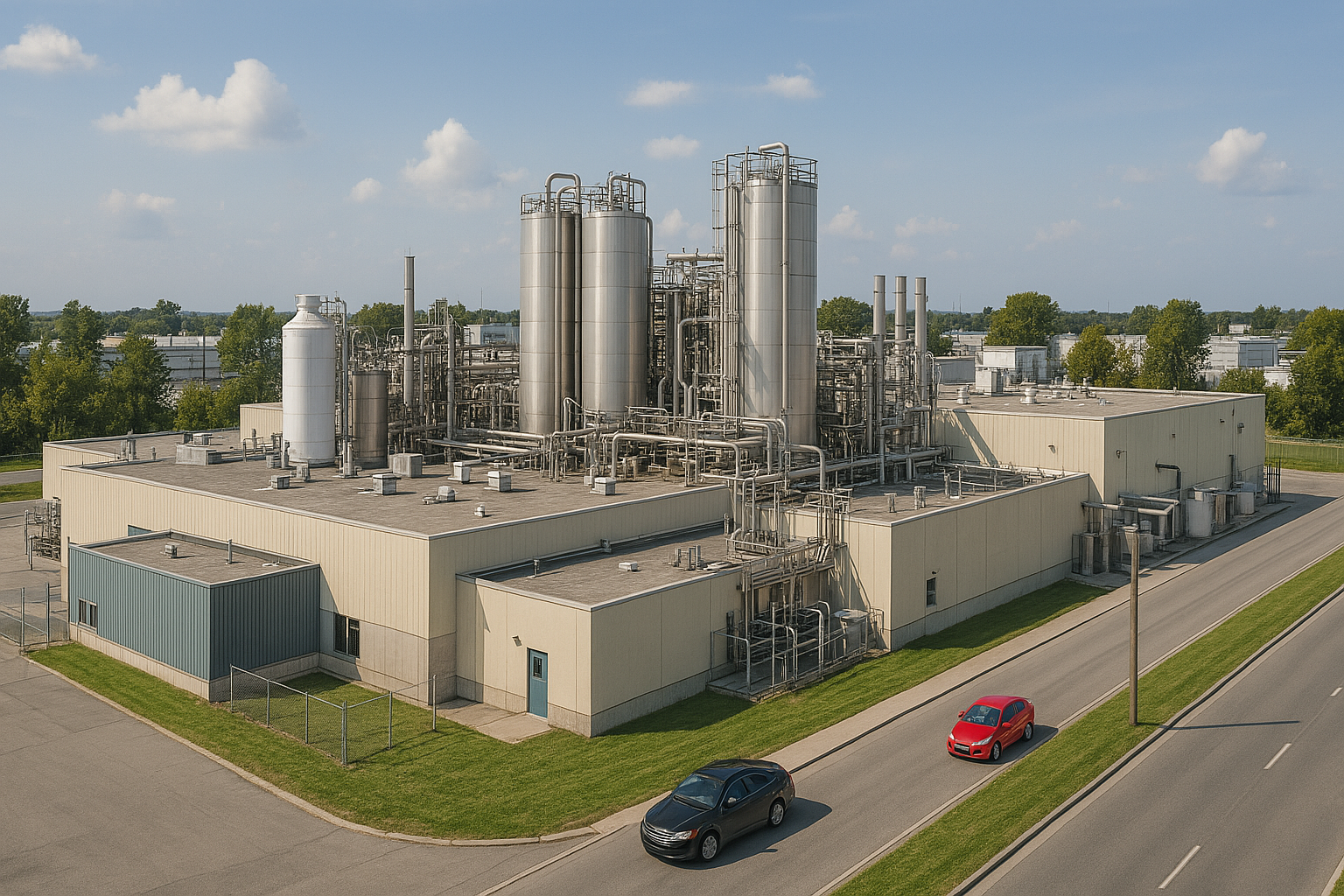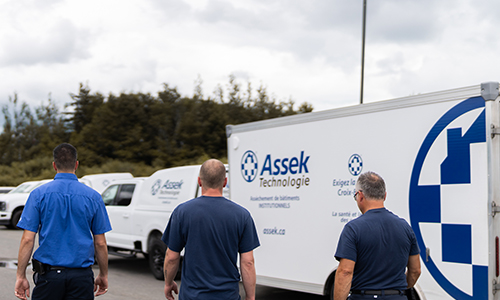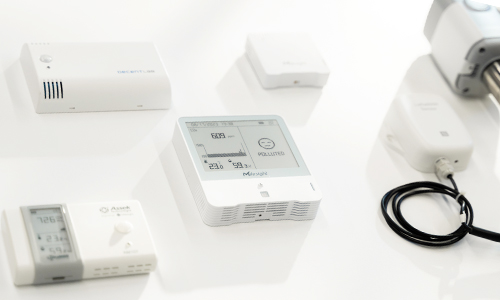Actualités
No demolition building drying
Water damage intervention after flooding: how a food processing plant resumed operations in 3 weeks
When a major flood hits a food processing plant, every minute counts to prevent economic losses and ensure the safety of the facilities. Yet, restarting operations quickly—without demolition or relocation—often seems impossible. This real-life case proves otherwise: thanks to a well-executed, tech-driven water damage intervention, operations resumed… in just three weeks.

Context: a major flood hits a food processing plant
In 2019, a food production plant located in the Beauce region was severely impacted by an exceptional flood. Over one million cubic feet of water inundated the facility, compromising the complex, multi-layered flooring structure. In a context where any production downtime leads to significant losses, a rapid and effective response was critical.
A temporary relocation had initially been considered, but was quickly ruled out due to high costs and major logistical challenges. Action had to be taken quickly, on-site, and without demolition—otherwise, the relocation would have become permanen
Water damage intervention: a targeted, technology-driven approach
To address the emergency, a non-destructive water damage intervention was deployed directly on site. The goal: to dry the structures effectively while maintaining the plant’s operations as much as possible.
Key measures implemented included:
-
Deployment of an intensive drying plan
without relocating operations
-
Installation of over 100 smart sensors
throughout the plant to monitor real-time humidity, temperature, and material moisture content
-
Use of a 25,000 CFM desiccant
to control relative humidity
-
Automation of dehumidification
(mechanical or natural) based on weather conditions
-
Connection to a web-based platform
for live data visualization
-
Generation of dynamic thermal maps
to quickly identify critical areas and guide field interventions
Results: restart in three weeks despite the damage
Thanks to this effective post-flood intervention, part of the plant’s operations was able to resume in less than three weeks. Continuous monitoring and real-time data visualization enabled fast, accurate, and adaptive decision-making throughout the process.
This case perfectly illustrates the value of an integrated, technology-driven approach when dealing with a major incident in the food industry. The plant was able to minimize economic losses while avoiding the complexity of a temporary relocation.
Summary of operational benefits
When dealing with water damage caused by flooding, a smart, non-destructive intervention strategy not only helps preserve infrastructure but also enables operations to resume in record time. The use of connected sensors and a centralized platform is now considered a best practice for incident management in critical environments such as the food processing industry.




